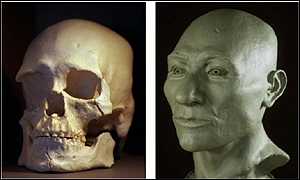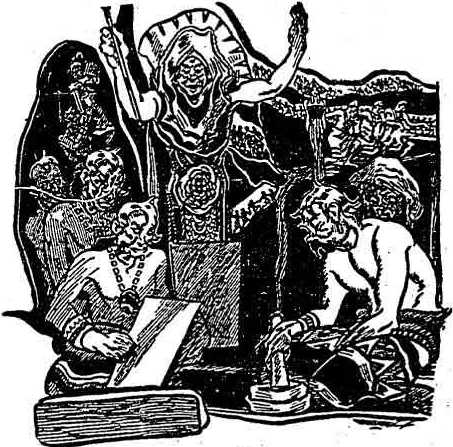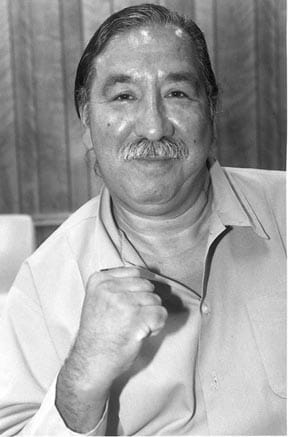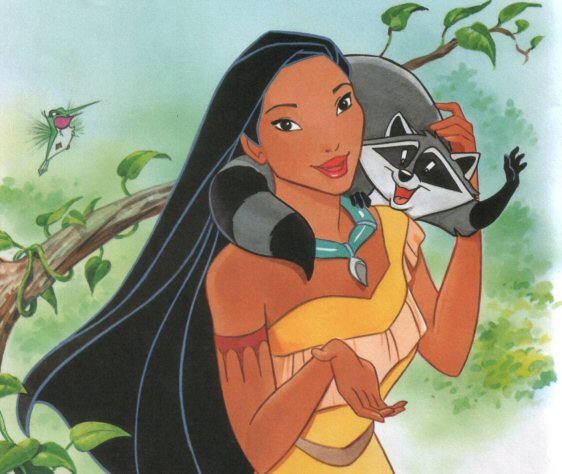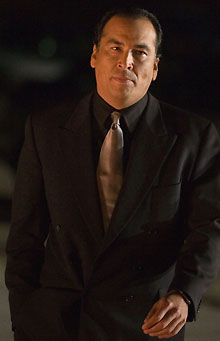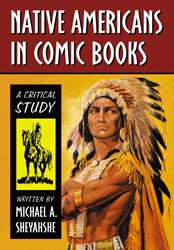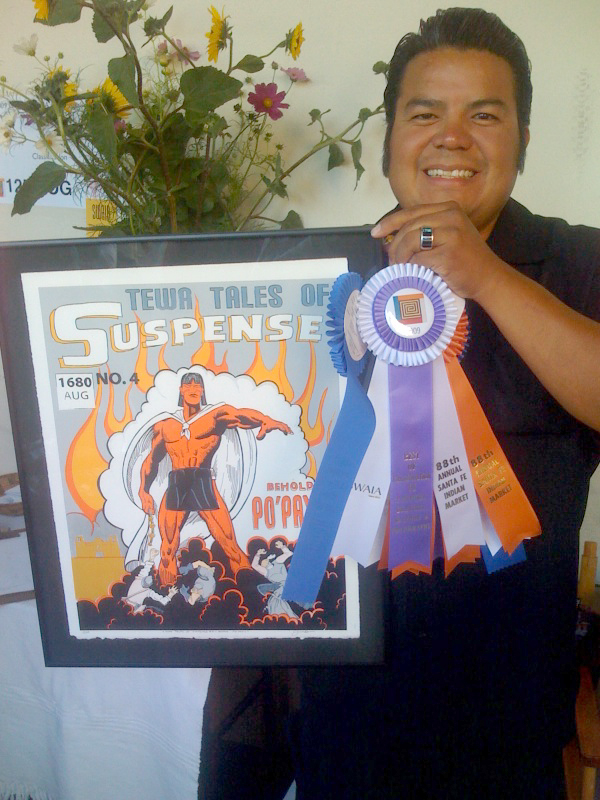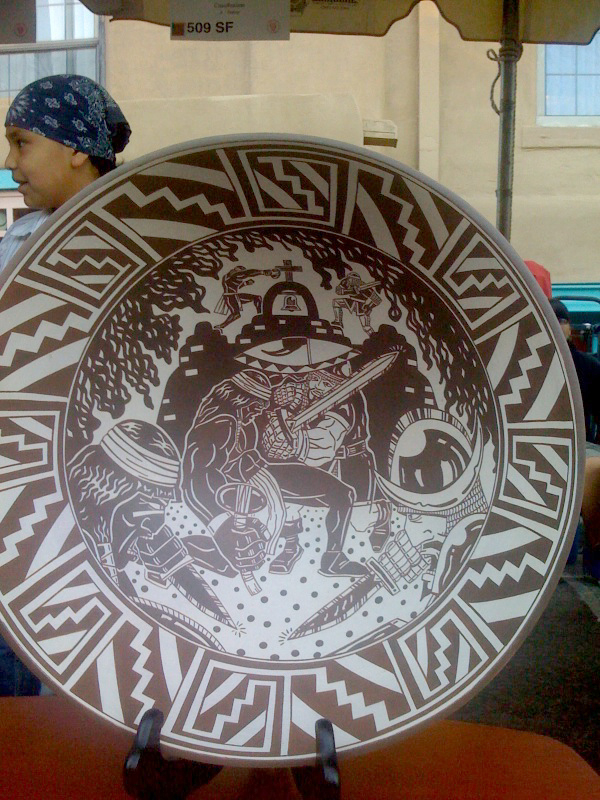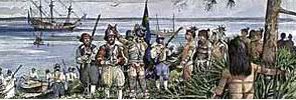Regarding the Peltier story. Even with an A-list actor, it would be a hard sell to big studios. Look at your summer blockbusters--that's what sells. However, it sounds like it would be a good project for an indie filmmaker to make for the film festival circuit because it is an important story that needs to be told. Rob would be a good candidate to write this script, and it seems to me that he should be able to find Native American funding.
Rob Schmidt: The FBI might not interfere with a Peltier movie, but there are a lot of retired agents, law enforcement officials, and politicians who would oppose it. I doubt a studio would proceed in the face of this opposition.
I agree that an indie filmmaker would have the best chance of making this movie. I don't know enough about the Peltier story to write a good script. But I'd be a great choice to critique and rewrite it.
Tribes have yet to get behind moviemaking in a big way. And I doubt they'd consider a Peltier project a winning idea. If I were them, I'd bankroll popcorn comedies, romances, and thrillers first and serious political movies last.
Lisa Savy James: "Oppose it" ... how? Write nasty letters? Sabotage the production? C'mon Rob, this is not the McCarthy era. Are studios really intimidated by such people? If all the other factors were in place ... funding, A-list actors, potential blockbuster status, would they give a squat about retired agents, law enforcement officials, and politicians? Just the idea of a studio head cowtowing to any kind officious nonsense would be an entertaining movie in itself...
"Sorry to interrupt you, Mr. Stone, but I have a retired Officer Pusser on the phone from Pine Ridge? He says he has some smoke bombs and knows how to use them? Do you want to take this call?"
Rob Schmidt: They'd sabotage the movie the same way they've sabotaged every attempt by Peltier to get a fair parole hearing. Think of a typical PR campaign: pressure via meetings, phone calls, letters, e-mails, editorials, TV appearances, etc.
They'd presumably start this campaign before the funding and talent were in place. In fact, telling potential investors about the protests and boycotts they'd launch if the movie were made probably would be an effective technique.
A typical example of how this pressure works is the Reagan movie CBS pulled after conservatives protested it. If you weren't aware of this case and didn't think it was possible, now you know.
CBS Dumps Reagan TV Miniseries
Lisa Savy James: Again, if I wanted to, I could make this movie in my backyard in a week and have the final edited version online before they even looked up my address on google maps. Whether I would find a distributor and/or make money off of it is another story ... but as someone else pointed out, this is not blockbuster material.
And hey--any PR is PR.
Yeah, CBS, which depends on advertiser's money, is not going to show anything that makes people tremble, think, or feel guilty. What halfway intelligent filmmaker would try to market this as a TV movie??
You don't think there are other controversial conspiracy type movies that have been made?
Rob Schmidt: Okay, Lisa...if you made a Peltier movie in secret with no investors or studio involvement or A-list talent, you could do it without outside interference. But that isn't what we were talking about, is it? Look at the original posting. The question was: "Why hasn't Hollywood made any movies about Leonard Peltier and his case?"
Lisa Savy James: Well you already answered that question, didn't you? Because it's not blockbuster material in an economy in which even studios must invest wisely. We've also established that if someone DID make the film, it would not be Hallmark Hall of Fame Productions.
You didn't answer my question... You don't think there are other controversial conspiracy type movies that have been made?
Rob Schmidt: Yes, Hollywood sometimes make controversial conspiracy movies. But these movies generally impugn historical figures (JFK) or fictional corporations or governments. They generally don't impugn living FBI agents, law enforcement officials, and politicians by name. Which is what a Peltier biopic would do.
Rob Schmidt: Another example of political pressure affecting Hollywood:
The Disneyfication of Marvel



